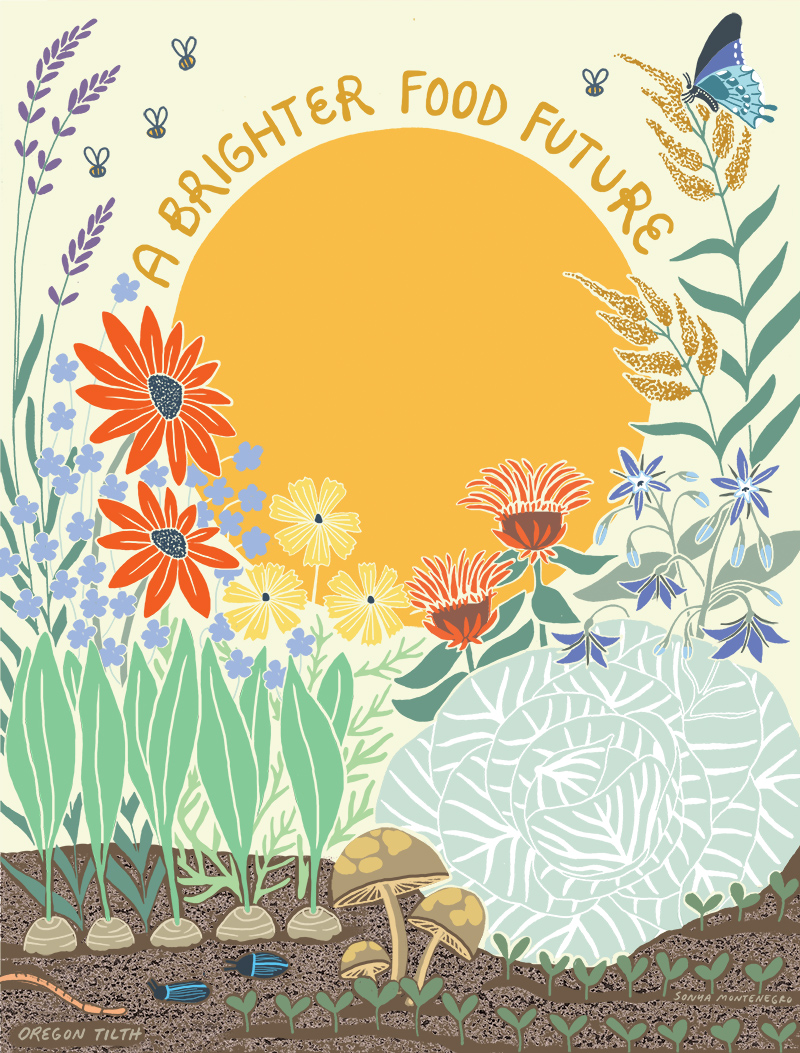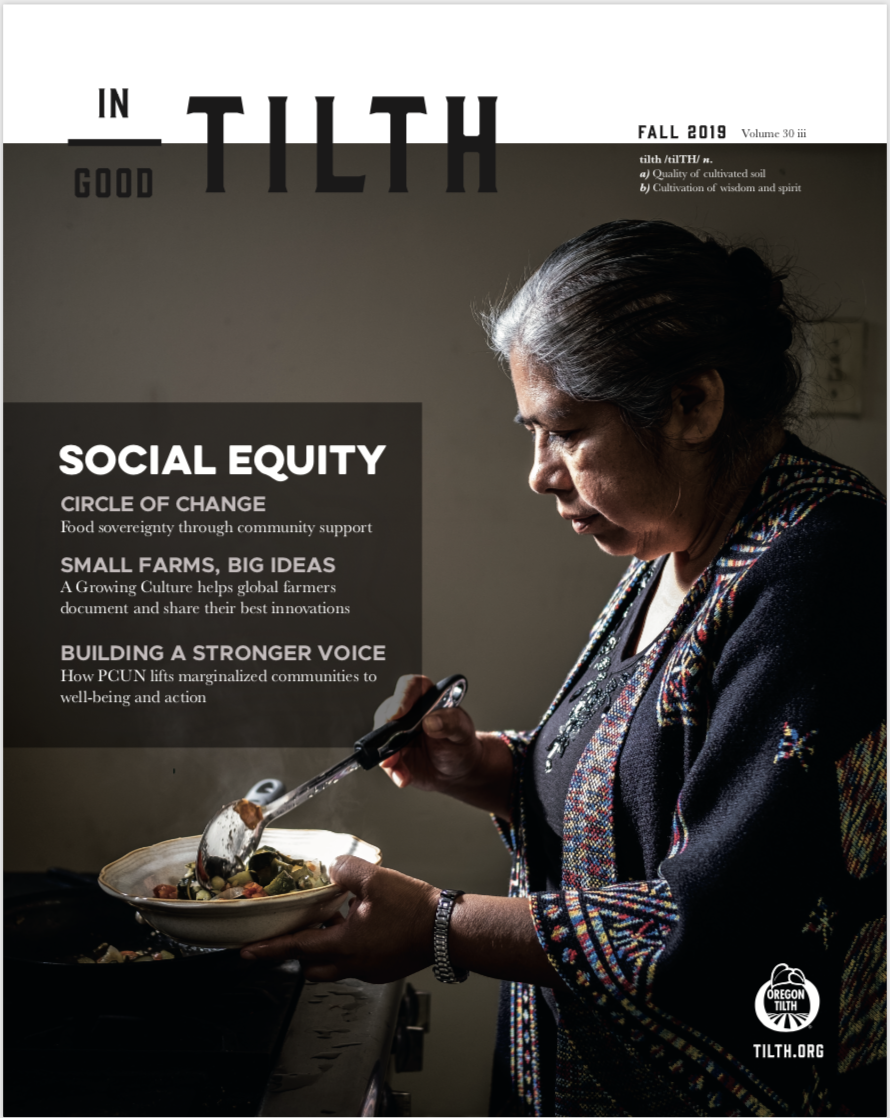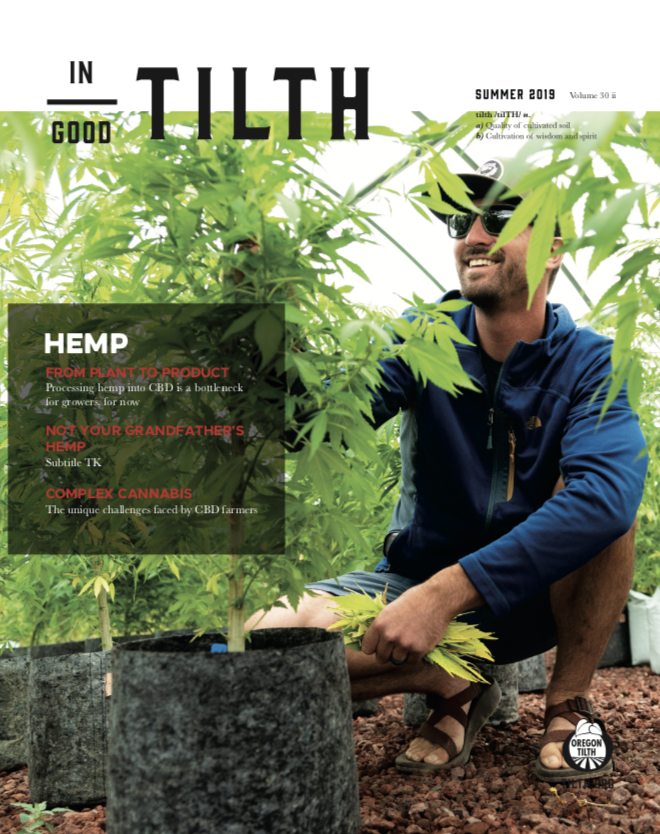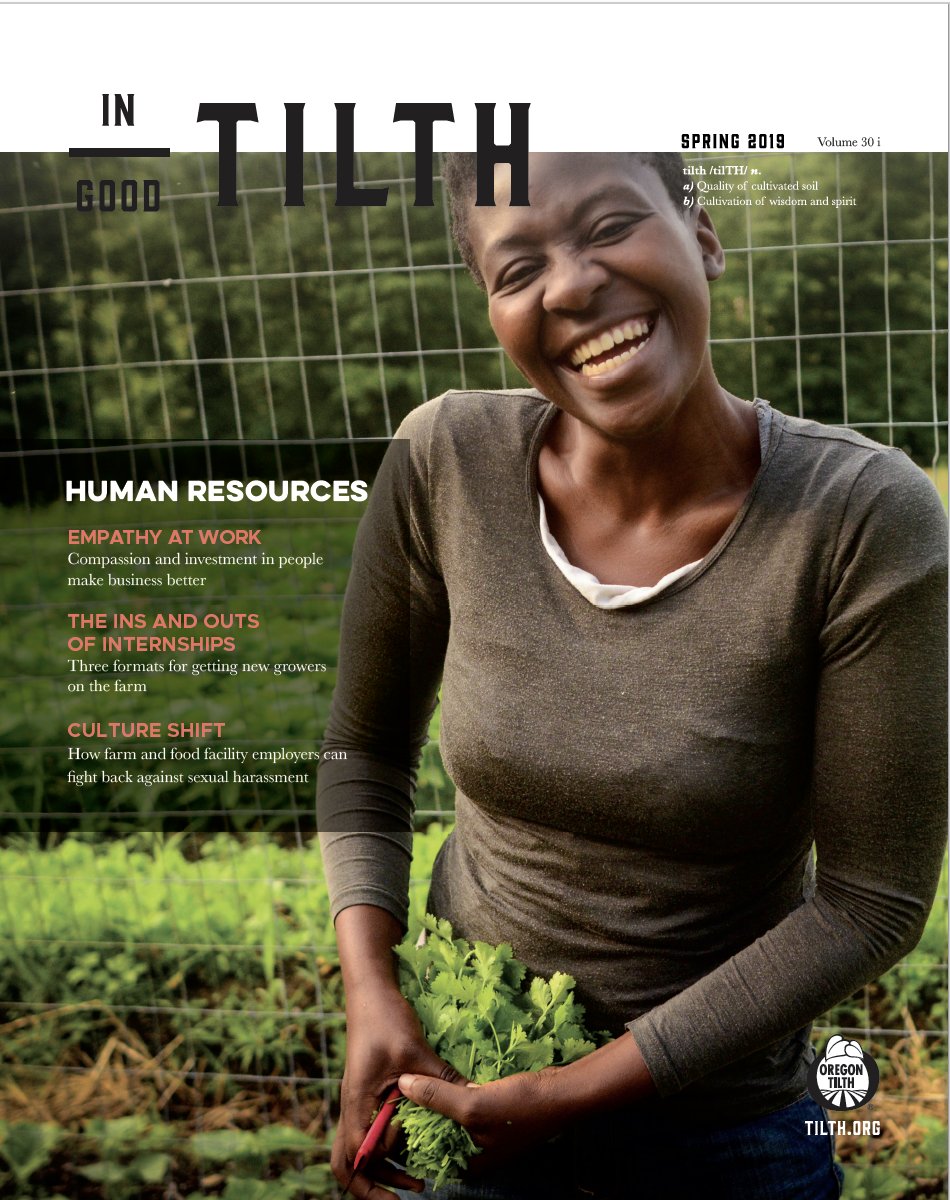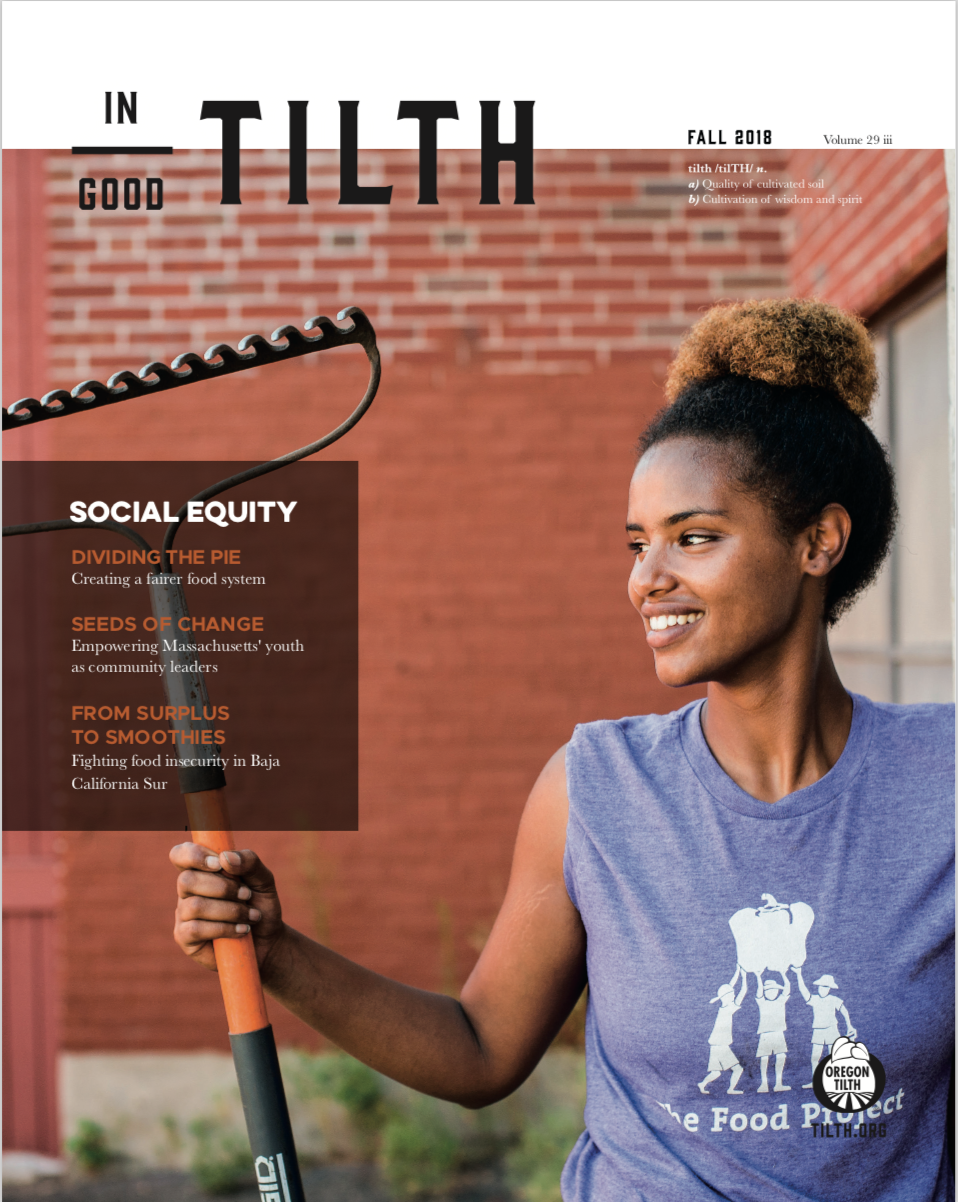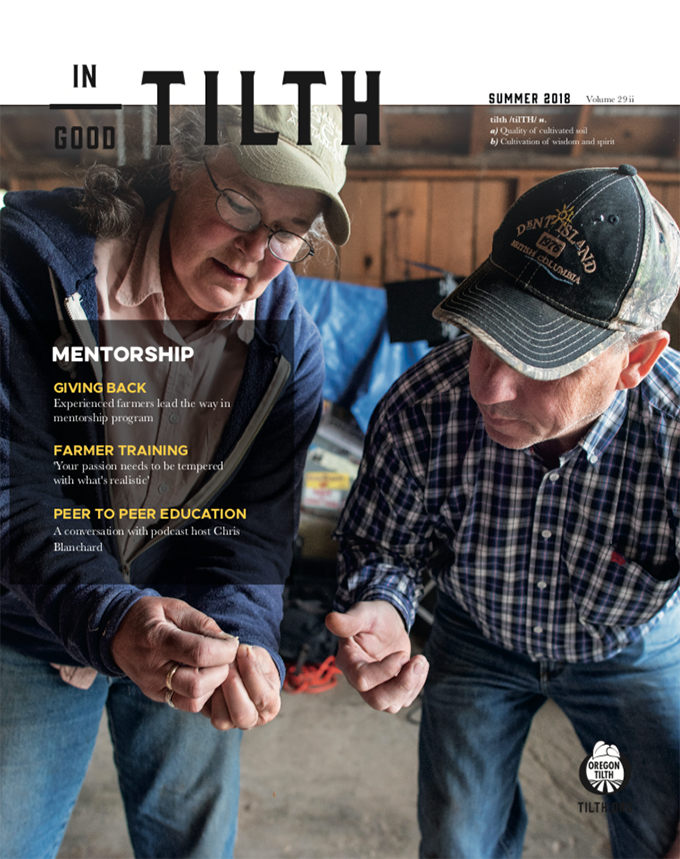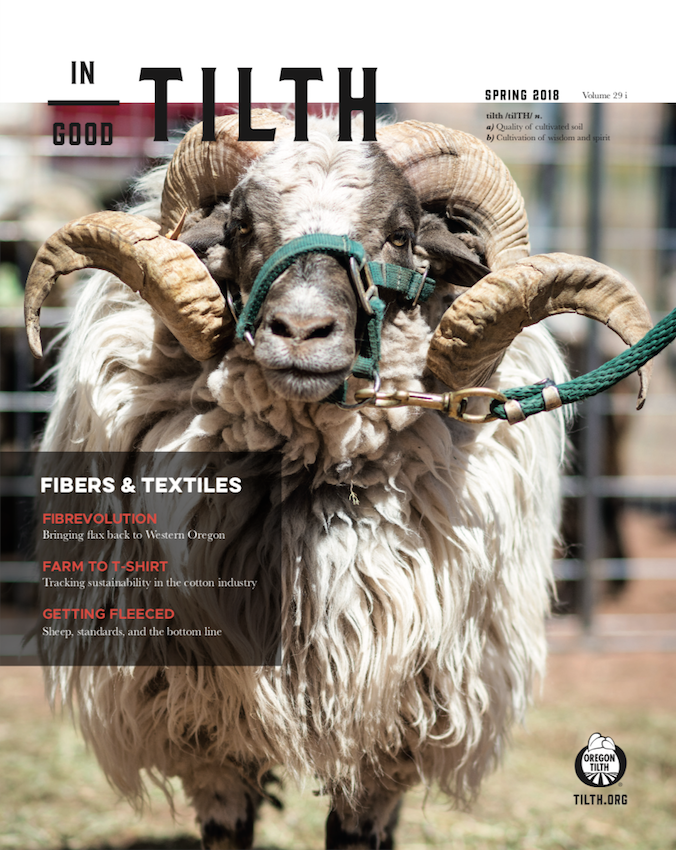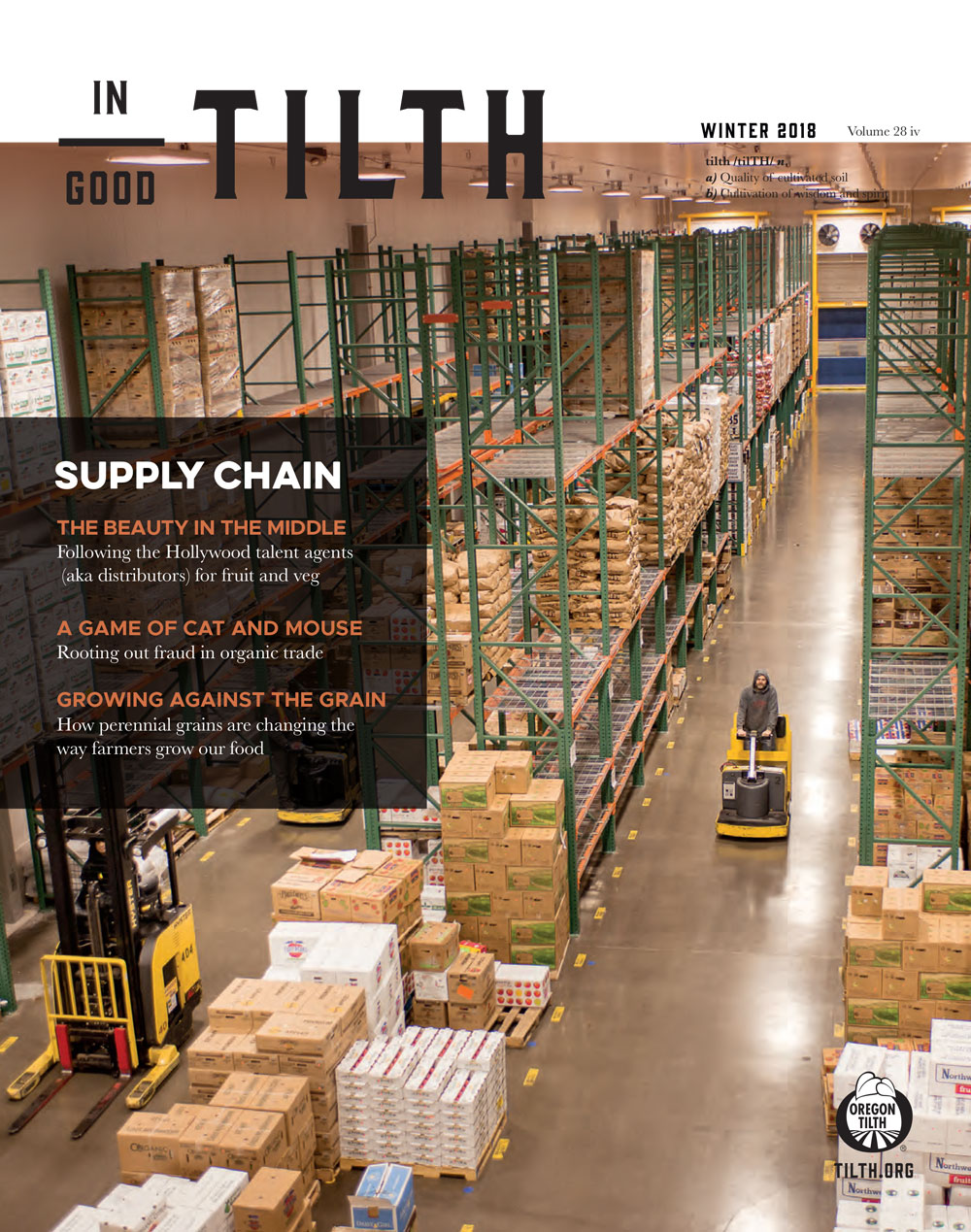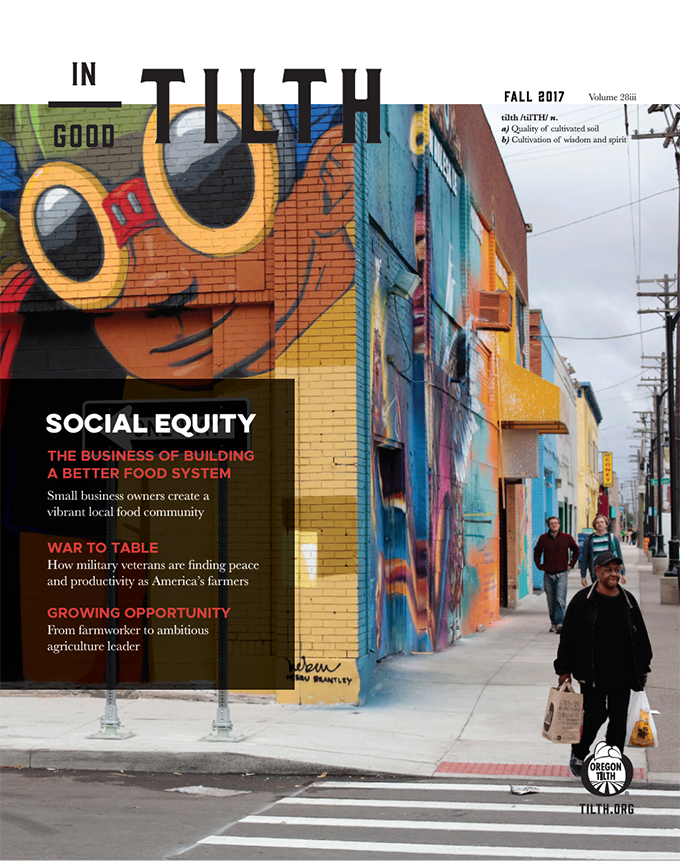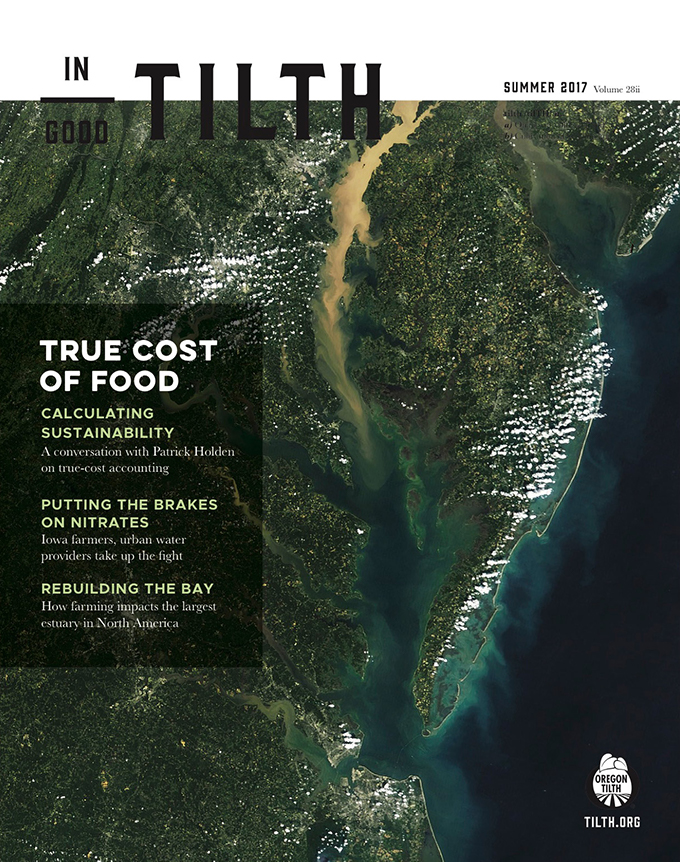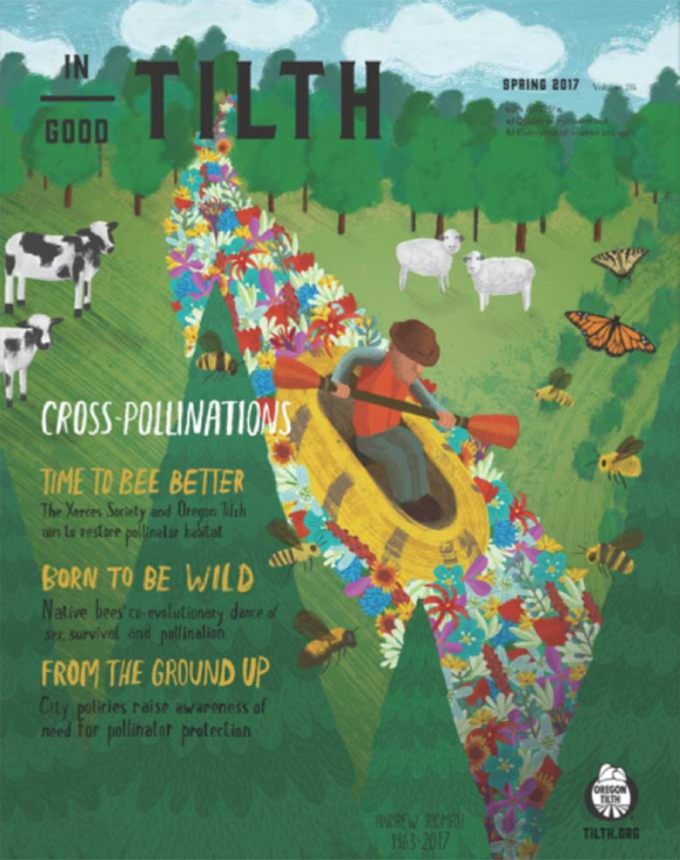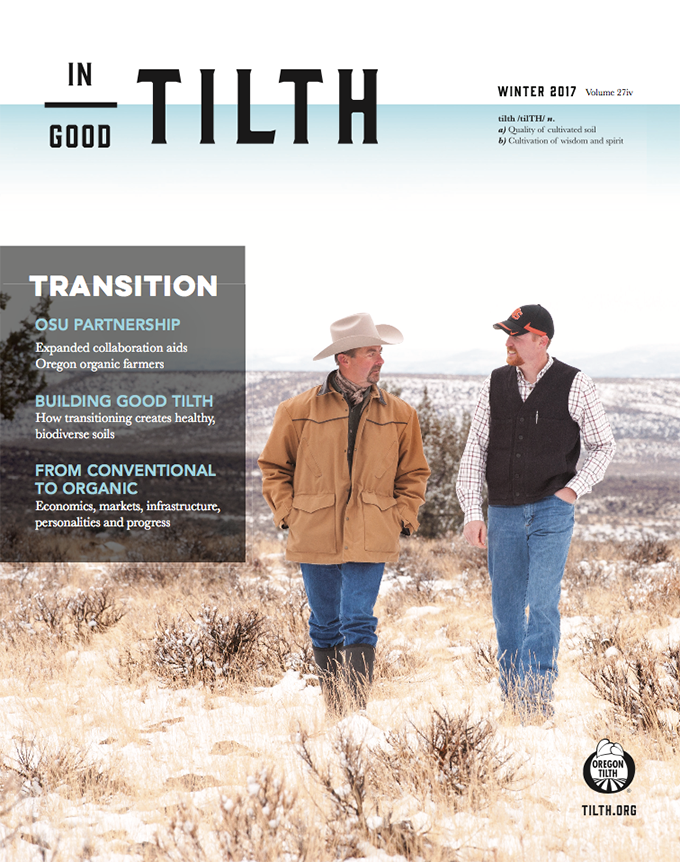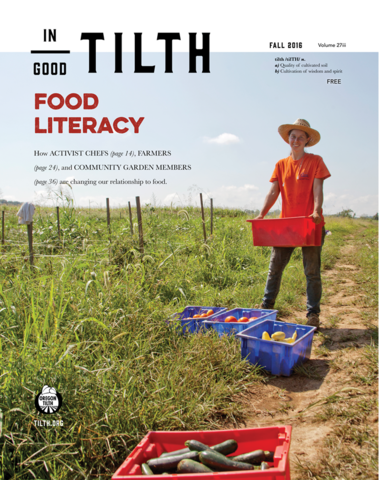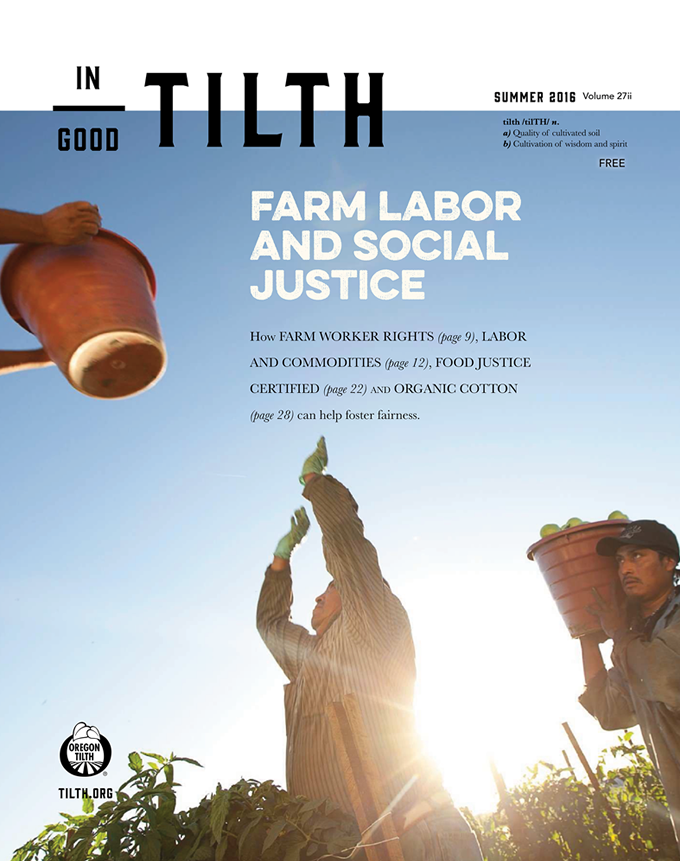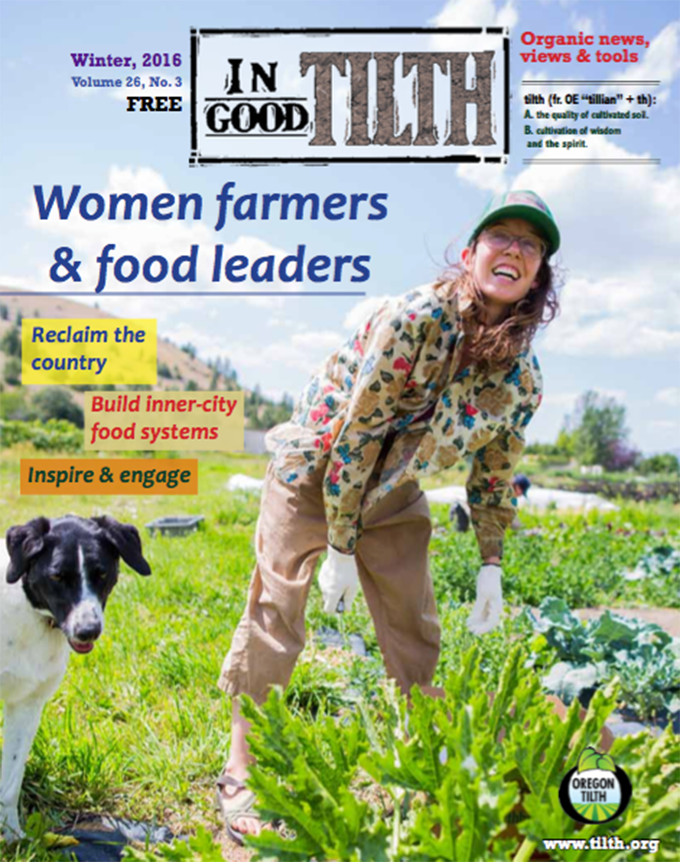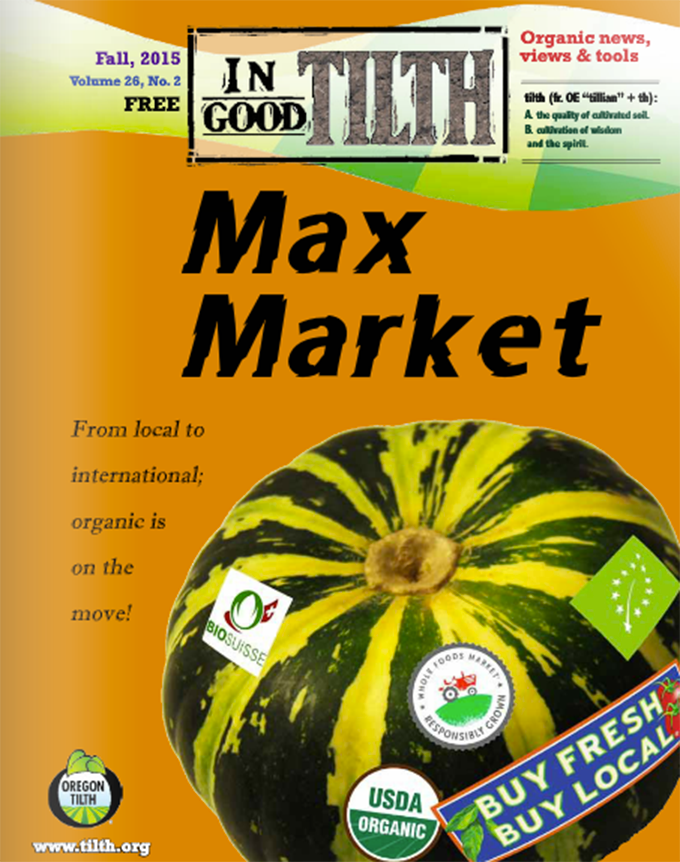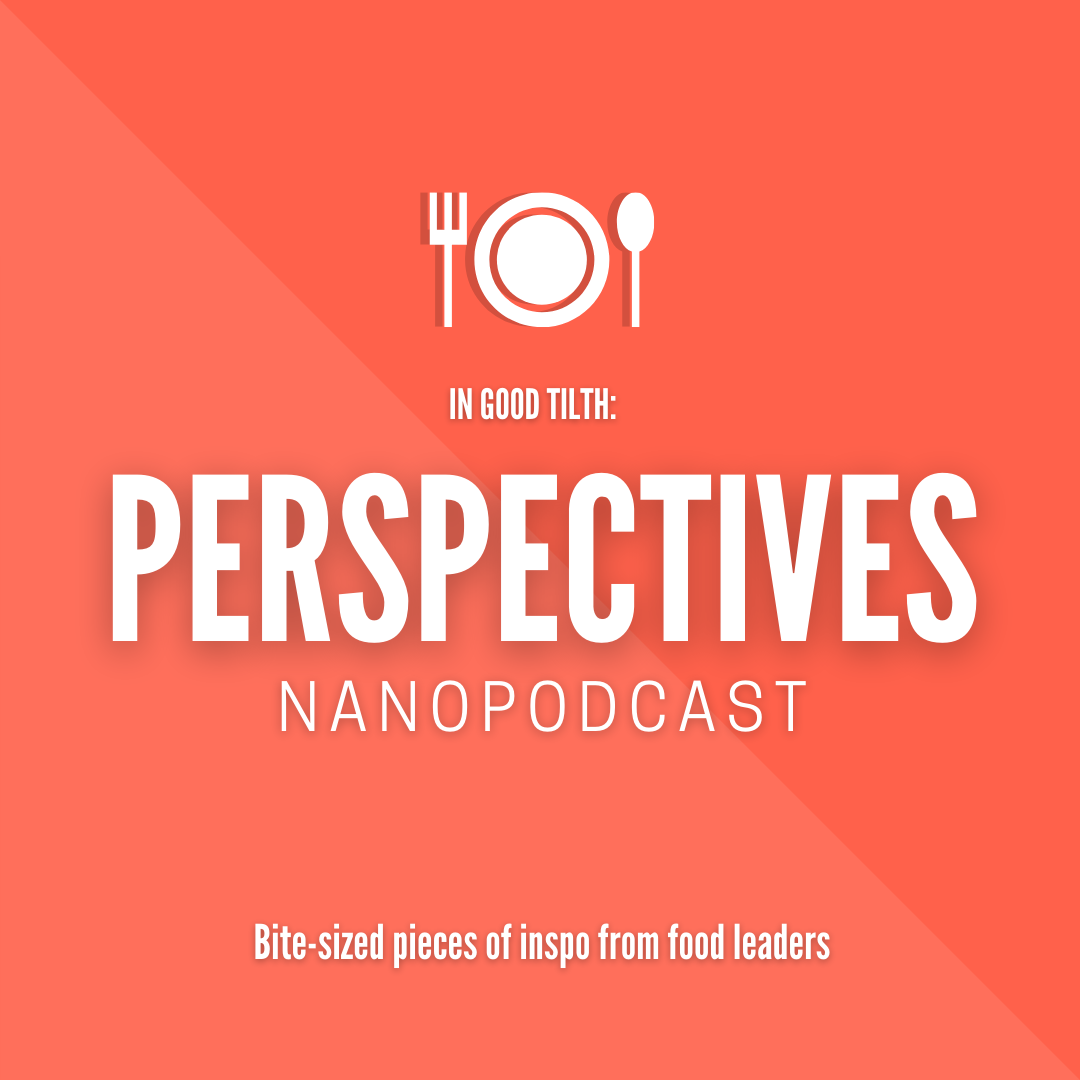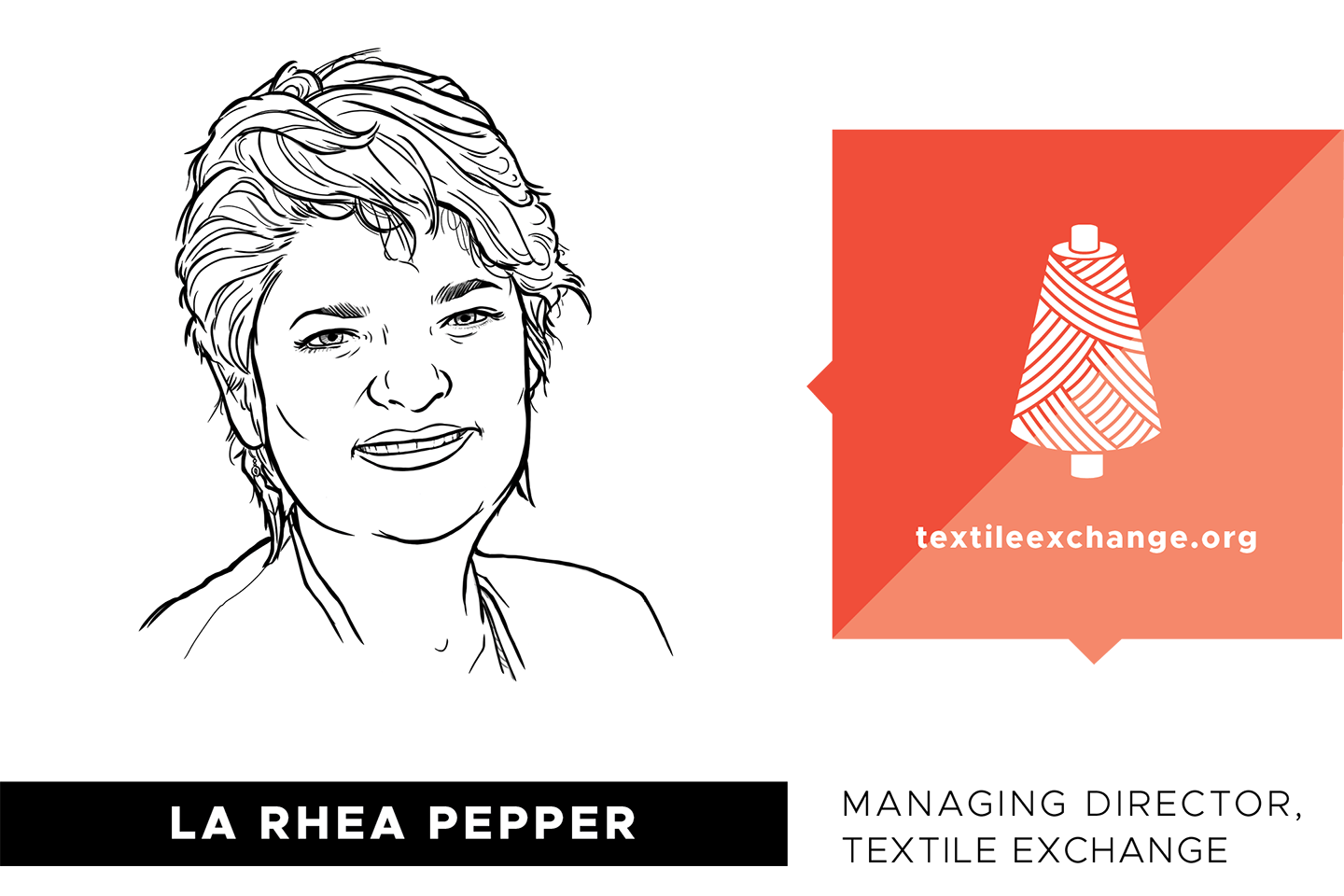
What is the biggest issue facing sustainable textiles right now?
The largest challenges are clear market message and fair prices for products with a positive impact on people and planet. Consumers may not understand the value of the more sustainable textiles. Therefore, few brands are able or willing to pay a fair price that will build the market for farmers and manufacturers.
How can we create clear transparency in an industry as complex as textiles?
Adoption of globally recognized standards is critical to creating transparency. Tools like Textile Exchange’s Central Database System, which tracks product through the supply chain, are gaining use and support. These systems not only support greater integrity within the value chain, but also connect brands and consumers to the people who grow and make all the wonderful fabrics we live and sleep in.
What is one thing you want consumers to know about fibers and textiles?
Many consumers understand the importance of organic or non-GMO foods to nourish their bodies. What most consumers don’t consider is that skin is the human body’s largest organ. Choosing more sustainable fibers and textiles brings about much needed change — for the farmers and the planet.

What is the biggest issue facing sustainable textiles right now?
The overuse and misuse of the term “organic” to market textiles and finished products. GOTS is taking this challenge seriously and stepping up enforcement. Educating the public about the importance of sustainable and chemical-free products beyond the produce section of the supermarket is one way we can contribute to the effort.
How can we create clear transparency in an industry as complex as textiles?
A more streamlined and user friendly organic certification process that still protects without traceability and integrity in the supply chain, may encourage companies to be more transparent.E Educating the consumer so that they apply pressure through their buying preferences would also be a driver.
What is one thing you want consumers to know about fibers and textiles?
The most sustainable, useful and adaptable fibers available to us as are still naturally occurring and not created in a laboratory. It’s amazing how perfectly the attributes of wool in particular align with the performance characteristics and comfort that we all seek in our textiles and bedding.
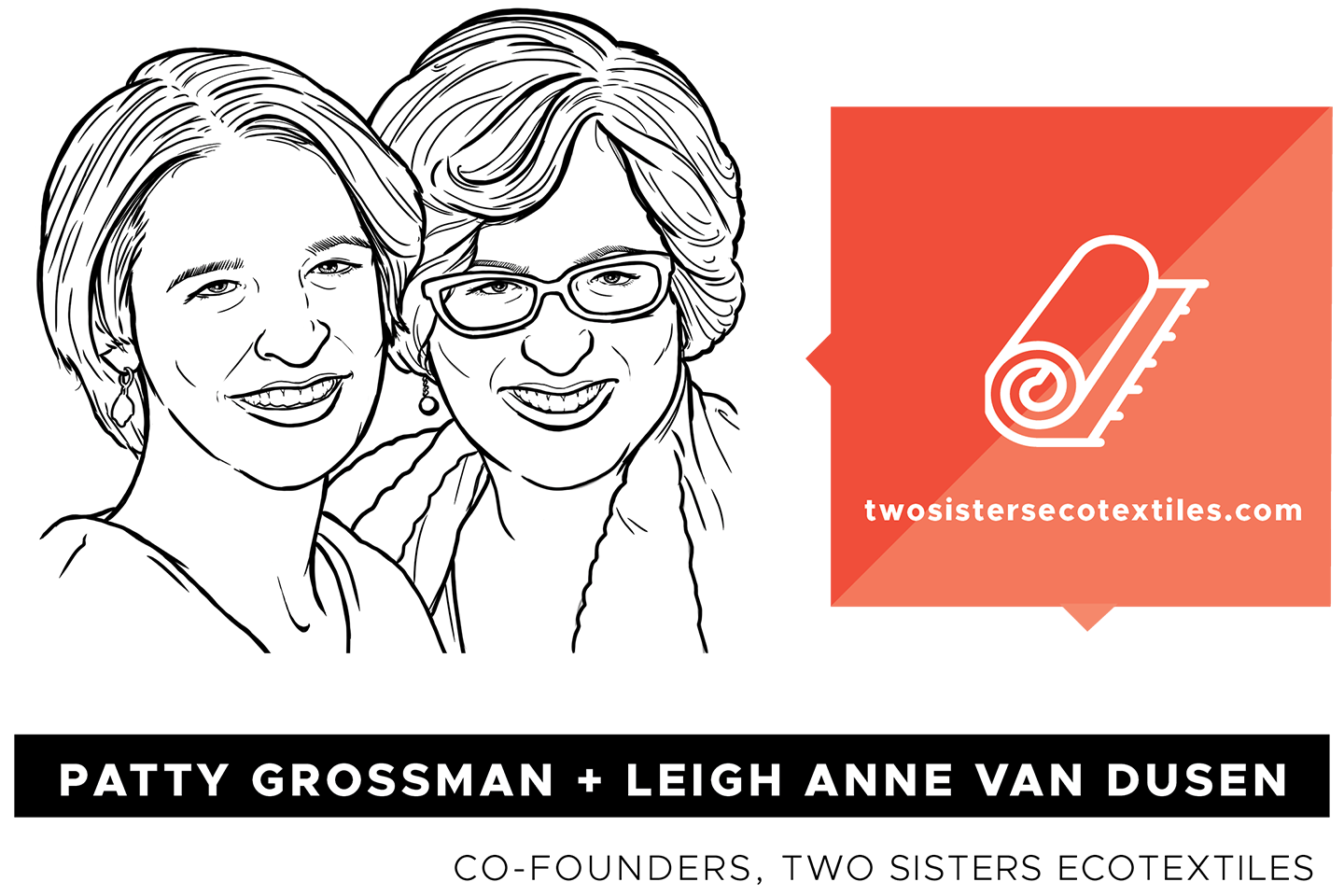
What is the biggest issue facing sustainable textiles right now?
Lack of knowledge about what a profound effect consumers can have on the tremendously polluting textile industry, which means there is a lack of demand from consumers for meaningful third party certifications. Consumers need to know what chemicals they’re bringing into their homes, how much water they have or could have avoided polluting, and how much climate change they could have avoided through their fabric purchases.
How can we create clear transparency in an industry as complex as textiles?
When my sister and I first started 12 years ago, it was hard to figure out how to lighten your eco footprint through textile choices — but now it is easy. Just insist on GOTS and GRS certified fabrics.
What is one thing you want consumers to know about fibers and textiles?
It may be difficult to park your car and ride your bike, but it is NOT hard to change your textile choices. You can have a profound effect on the amount of energy used, the chemicals used and the water polluted through your fabric choices.
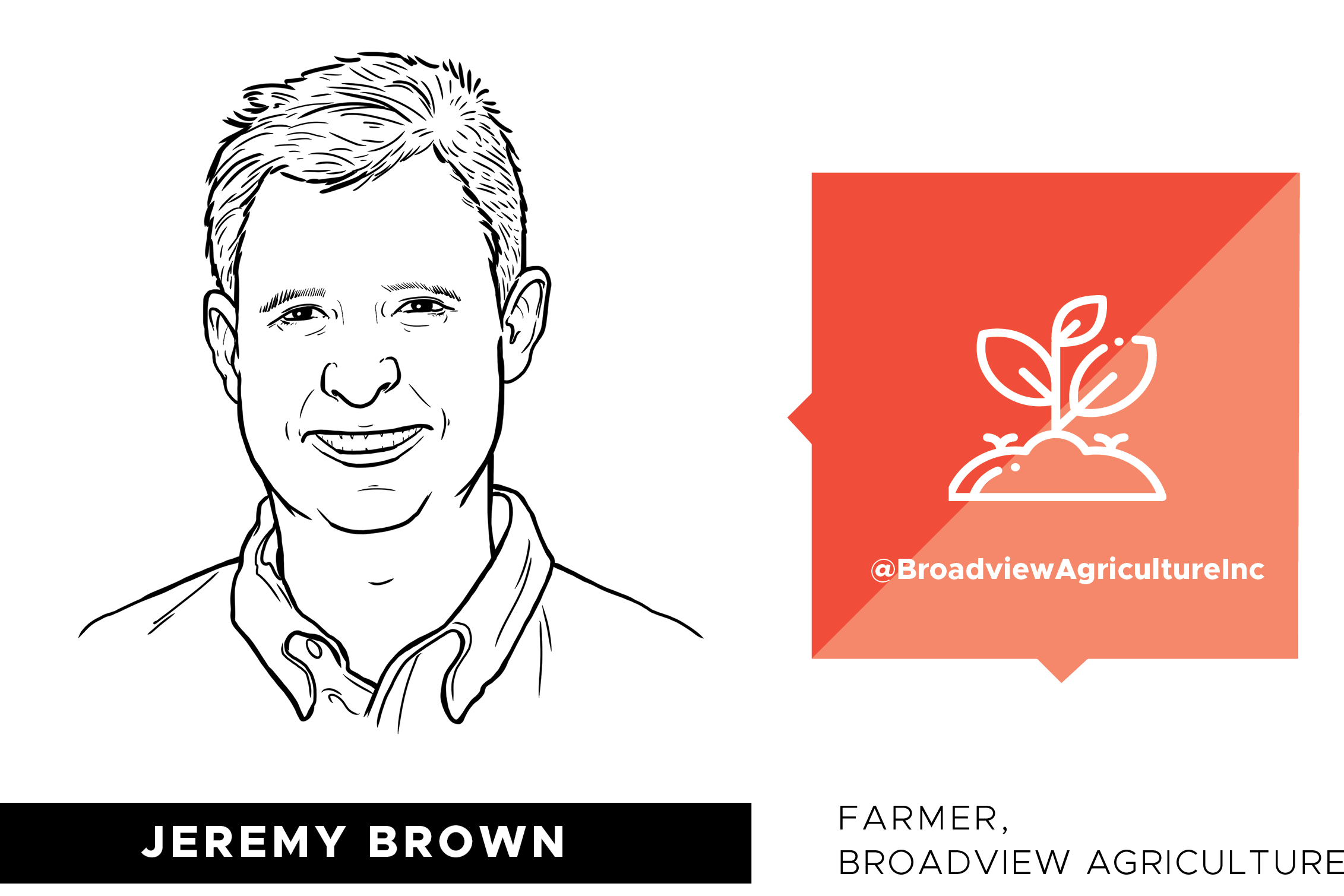
What is the biggest issue facing sustainable textiles right now?
The American farmer and rancher take a lot of risk to make sure we have the same sustainable food and fiber source, and I hope people appreciate that. I try to encourage people to buy more cotton. There is a lot of benefit, not just the wearability of it, but how from an environmental standpoint the fact that it’s a natural fiber is a positive.
How can we create clear transparency in an industry as complex as textiles?
Just being transparent about our production practices, what we do on the land, how we try to improve the land constantly, and how we try to steward the natural resources — whether that is water, environment, and climate — creates transparency from a farmer to a customer.
What is one thing you want consumers to know about fibers and textiles?
Whether it’s organic or non-organic, it’s still a natural fiber, versus our biggest competitor synthetic fibers. Synthetic fibers are starting to do some damage to our environment — especially in the oceans through the [synthetic] fibers that are breaking loose.

